The Honor 30 Pro+ is the Chinese brand’s latest flagship device, offering top-end innovation in all all areas, including the camera, which takes some technologies from sister brand Huawei’s flagship model, the P40 Pro, currently the top-ranked device in our DXOMARK Camera database.
The Honor’s primary camera uses the same large 50MP 1/1.28-inch sensor we’ve seen on the P40 Pro, but has to make do without optical image stabilization. As with the Huawei, the dedicated tele-camera features a periscope-style lens with a 125mm-equivalent focal length. However, it captures images with an 8MP sensor instead of a 12MP variant. On the other hand, the Honor’s 16MP 1/3.09-inch sensor in its ultra-wide camera setup is very different from the Huawei and offers a slightly wider 17mm-equivalent field of view.
Unlike the P40 Pro, the 30 Pro+ camera does not feature a time-of-flight camera nor a color sensor, but comes with some of the processing algorithms we have already seen on previous Honor and Huawei devices. AI RAW fuses multiple RAW image frames for better detail, lower noise, and a wider dynamic range. The 30 Pro+ uses it with all three cameras as well as in bokeh mode and while zooming.
Honor designed the neural network-based auto white balance system, used for photo and video shooting on the main camera, to deliver more accurate color rendering. Field-of-view fusion combines multiple frames from the primary and tele cameras when setting the zoom factor between 3 and 5x, allowing for increased levels of detail. Other image processing algorithms include Super Resolution for better detail and textures in bokeh mode, and neural network-based HDR processing for video mode.
With this much innovative camera technology packed into the device, the Honor 30 Pro+ should be an imaging powerhouse. But can it deliver? Read on to find out how it fared in our DXOMARK Camera tests.
Key camera specifications:
- Triple camera setup
- Primary: 50MP 1/1.28″ sensor (12MP output), 23mm-equivalent (1x defined as 27mm) f/1.9-aperture lens, Octa-PD AF
- Ultra-wide: 16MP 1/3.09″ sensor, 17mm-equivalent f/2.2-aperture lens, PDAF
- Tele: 8MP 1/3.6″ sensor, 125mm-equivalent f/3.4-aperture lens, PDAF, OIS
- LED flash
- 4K video, 2160p/60fps (2160p/30fps tested)
- Kirin 990 chipset
Please note: The Honor 30 Pro+ we tested is a European model which by default has AI set to off. The firmware version we tested it with is not publicly available yet, but will be made available to users via an OTA update in May 2020.
About DXOMARK Camera tests: For scoring and analysis in our smartphone camera reviews, DXOMARK engineers capture and evaluate over 1600 test images and more than 2 hours of video both in controlled lab environments and in natural indoor and outdoor scenes, using the camera’s default settings. This article is designed to highlight the most important results of our testing. For more information about the DXOMARK Camera test protocol, click here. More details on how we score smartphone cameras are available here.
Test summary


At 125 points, the Honor 30 Pro+ comes in at second position in our DXOMARK Camera ranking, only three points lower than the currently top-ranked Huawei P40 Pro. Its impressive Photo score of 136 is also the second best we have seen to date, thanks to still image results that are excellent across the board and don’t reveal any real weaknesses.
Honor 30 Pro+ images show good target exposure across all light levels and a wide dynamic range, making the device a good option for shooting in low light and in high-contrast conditions. Color rendering is pleasant and the auto white balance system does a good job, with only some occasional pinkish color casts in outdoor and indoor conditions. The camera does also very well in terms of the texture/noise tradeoff, rendering fine detail and textures nicely while keeping noise levels low in all light conditions. The Honor’s image output is very clean in general. Some artifacts—for example, cyan shift and aliasing—can be visible, but most of the time they are not very intrusive. The autofocus system helps with capturing crispy-sharp images, working pretty much flawlessly and swiftly in all conditions.
The Honor is not only about its main camera, though. Thanks to excellent results for zooming and for the Wide category, it’s one of the best smartphones for those users who like to venture away from the main camera’s default focal length. The 5x tele-lens with folded optics helps deliver great results, with a good texture/noise balance even at long zoom range. On the downside, we have observed some pretty intrusive artifacts at mid-range zoom settings that are caused by the fusion of image data from the tele and main cameras.
At the other end of the spectrum, the Honor’s ultra-wide camera does a good job, too. Its 17mm-equivalent field of view is not the widest we have seen, but images show good dynamic range and distortion is fairly well under control. In addition, the Honor is capable of capturing natural-looking simulated bokeh shots in portrait mode. Some depth artifacts can be visible in low light, but you’d have to look very closely to spot any when shooting in brighter conditions. A pleasant blur gradient and bokeh shape add to the natural look.
The Honor’s performance in video mode is just as impressive as for stills and does not show any real weak points. Video footage shows class-leading detail while keeping noise well under control. Colors are nice and the camera is capable of producing good exposures even in low light. In addition, the dynamic range of video clips is wide, allowing recording of high-quality footage in high-contrast conditions.
Video artifacts are pretty well controlled, too, and the autofocus system makes sure the subjects in the scene are and stay in focus. In addition, video stabilization does an excellent job at keeping things steady and smooth when handholding the device or when recording while walking.
Photo scores explained
The Honor 30 Pro+ achieves a Photo score of 136 points, making it the second-best device for still images to date, bested only by the Huawei P40 Pro. The Photo score is calculated from sub-scores in tests that examine different aspects of a device’s performance for still images under different lighting conditions. In this section, we take a closer look at how these sub-scores were determined and compare image quality against some key competitors.

Exposure and Contrast
Honor 30 Pro+
97
The Honor 30 Pro+ achieves an excellent score for Exposure, thanks to generally good exposure across all light levels and a very wide dynamic range that ensures good results even in challenging high-contrast scenes. In the comparison below, all three devices offer good dynamic range, but the Honor exposes the subject’s face best, and it is also more capable of avoiding highlight clipping in the background than the Xiaomi.
On the downside, target exposure can be a touch low in some scenes, which can result in shadow clipping in the dark areas of the image, such as the sofa in the example below.

Color
Honor 30 Pro+
87
Overall, the Honor 30 Pro+ delivers very good color in its still images, with pleasant color rendering, good saturation and accurate white balance. Points of criticism include yellow tones that can look slightly too orange, slightly unnatural colors in low light, and occasional pinkish white balance casts in outdoor and indoor conditions, but you’d have to look very closely to spot any of those issues.
The Honor 30 Pro+ camera is also capable of capturing very nice and natural skin tones in portrait shots, as you can see in this sample:
The Honor 30 Pro+ autofocus performed flawlessly in our tests in all conditions, from shooting in bright outdoor light down to very dimly-lit scenes. In our lab tests, the Honor AF locked on swiftly and accurately in all light conditions with both short and long delays after defocusing.

Texture
Honor 30 Pro+
83

Noise
Honor 30 Pro+
81
The Honor 30 Pro+ camera manages an excellent balance between detail retention and noise reduction at all light levels. The level of captured detail is high in most test conditions and up there with the very best, as you can see in the comparison samples below.
Noise is very well controlled in all conditions and the Honor delivers clean images across all light levels. As you can see in the samples below, noise is hardly visible even in the shadow areas of the frame. Both the iPhone 11 Pro Max and Xiaomi Mi 10 Pro show noticeably higher noise levels in this situation.
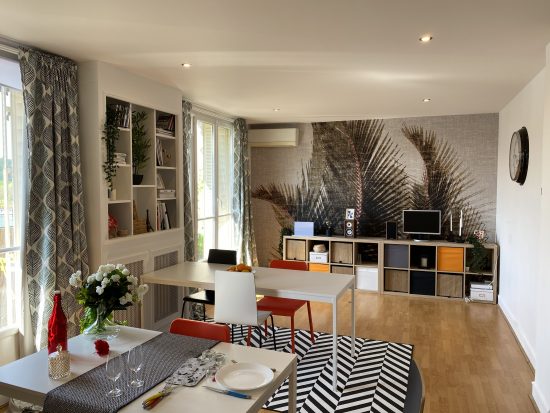

Artifacts
Honor 30 Pro+
83
The Honor 30 Pro+ controls all kinds of image artifacts generally very well. We deducted some points from the Artifacts score for cyan shift, ghosting effects, flare, and aliasing, among other artifacts. None are very intrusive, though, and most require fairly close inspection to spot.

Zoom
Honor 30 Pro+
101
The Honor 30 Pro+ cannot quite make it up there with the very best in the Zoom category, but it is still capable of delivering excellent zoom images, thanks to a 5x optical tele-lens with folded optics. Some artifacts such as aliasing can be visible at long range, but the camera manages a very good texture/noise balance and performs very well overall. In the bright light comparison below, you can see that the level of detail is not far off the outstanding Huawei P40 Pro, and is very noticeably better than the iPhone 11 Pro Max.
Detail is also good at medium range, but in the indoor shot below, you can see that while the Honor resolved a lot of detail, it’s not quite on the same level as the Xiaomi Mi 10 Pro with its dual-tele camera. However, the Honor does control noise well.
On the downside, some mid-range zoom shots can show very strong fusion artifacts in both the center and the corners of the frame. The effect can be pretty intrusive and visible even at smaller viewing sizes.

Bokeh
Honor 30 Pro+
70
The Honor’s portrait mode is capable of producing very good bokeh simulation images with a natural look. In good light, depth estimation is very good, with only very minor artifacts, and images show a pleasant depth of field and natural blur gradient. Results are a little worse in low light, though, where depth estimation artifacts can become more noticeable.

Wide
Honor 30 Pro+
39
The Honor 30 Pro+ ultra-wide camera offers a 17mm-equivalent field of view, which is a touch wider than the Huawei P40 Pro, but noticeably narrower than the cameras from Apple, Samsung, and some other competitors. In the comparison below, you can see that both the Apple iPhone 11 Pro Max and the Xiaomi Mi 10 Pro squeeze a little more scene into their ultra-wide images than the Honor. On the plus side, image distortion is fairly well controlled on the 30 Pro+, although more visible than on the Mi 10 Pro.
For outdoor shots, our testers also observed a wide dynamic range and low noise levels, but a pinkish cast is visible fairly frequently.
The indoor shot below is also well exposed and shows good color, but an orange cast can be visible in some mixed-lighting scenes. There is a slight loss of fine detail and some luminance noise becomes visible, but overall, the Honor’s ultra-wide camera records good image quality in indoor conditions.

Night
Honor 30 Pro+
66
The Honor’s Night performance is among the best we have seen to date. Night portraits in flash-auto mode tend to show good subject exposure and color, but the mode works best for static scenes, as ghosting and motion blur tend to be visible on moving objects. Occasionally the flash does not trigger for portraits in this mode, which results in heavily underexposed subjects.
With the flash switched off, target exposure is usually good, but images can show a slightly cool cast. A loss of detail is noticeable, but the Honor manages image noise well.
Using the dedicated night mode, the camera achieves good exposures even in very low light, but color rendering is often slightly off, with a strong greenish color cast visible. Overall color and exposure are very similar to the P40 Pro’s, but the level of captured detail is slightly lower.
The 30 Pro+ also performs well with the flash forced on. Exposure on the subject is good and images show accurate white balance and a good texture/noise balance. When shooting in complete darkness, though, colors can look a little washed out.
Video scores explained
We tested and scored the camera’s video mode at 4K resolution and 30 frames per second, which offered the best results. At 104 points, the Honor 30 Pro achieves one of the best Video scores to date, only one point shy of the top-ranked Huawei P40 Pro. The overall Video score is derived from performance and results across a range of attributes in the same way as the Photo score: Exposure (87), Color (93), Autofocus (97), Texture (84), Noise (79), Artifacts (84), and Stabilization (96).
As with stills, the Honor delivers very good-to-excellent results in all video test categories. Texture and detail rendition is a particular highlight, with the 30 Pro+ delivering excellent results in all tested conditions and earning itself the best score to date for Video Texture. It controls noise very well in brighter outdoor shooting, but some chroma noise can appear in Honor low-light footage.
Video clips also show very nice color, with pleasant color rendering and accurate white balance in almost all situations. Only in low light and under indoor conditions did we observe white balance instabilities. In very low light, colors can also look a little washed out. Exposure is good down to very low light levels and clips show good dynamic range, making the Honor a good option for video recording in dimmer and in challenging high-contrast conditions.
Unwanted image artifacts are generally well under control, too, but just like for Photo, we saw some judder, cyan shift, and aliasing artifacts when inspecting the Honor’s video footage very closely. The autofocus works just as well in video mode as it does for still imaging, with excellent accuracy and good tracking capabilities for recording moving subjects. In addition, the 30 Pro+ video stabilization system is one of the best we have seen, effectively counteracting both camera shake and walking motion. Overall, the Honor 30 Pro+ video quality is quite close to that of its cousin Huawei P40 Pro, with only minor differences in some attributes.
Conclusion
The Honor 30 Pro+ shares a sizable chunk of imaging hardware and software with the Huawei P40 Pro, the current number one in our DXMARK Camera ranking, so the Honor’s excellent results across all Photo and Video attributes should not really come as a big surprise to anyone. The results are particularly close for Video, where the Honor performs at a very high level across the board, and differences between it and the P40 Pro are quite minor.
Those more focused on still image capture won’t be disappointed either. The 30 Pro+ delivers very good-to-excellent results across all categories, but in a few—for example, Zoom and Bokeh—it lags slightly behind the P40 Pro. For a majority of users, those differences will be negligible. If you’re part of that group, the Honor 30 Pro+ is a smartphone camera that is almost as good as it gets. Those who need or want the absolute best will still have to shell out for the P40 Pro.
Photo
Pros
- Wide dynamic range
- Good texture/noise balance in most conditions
- Fast and repeatable autofocus
- Good detail at the center of the frame in close- and medium-range zoom shots
- Good depth estimation in outdoor bokeh shots
- Low noise levels in ultra-wide shots
- Good exposure in very low light, even without night mode
Cons
- Sometimes low saturation and unpleasant colors in low light
- Frequent aliasing in indoor and outdoor conditions
- Loss of sharpness in medium-range zoom shots
- Occasional chroma noise in night shots
Video
Pros
- Good texture in all conditions
- Fast and accurate autofocus with good tracking
- Good stabilization
- Low noise in outdoor conditions
Cons
- Low frequency chroma noise in low light
- Some white balance instabilities indoors and in low light
- Ringing and moiré artifacts
- Occasional low saturation in low light













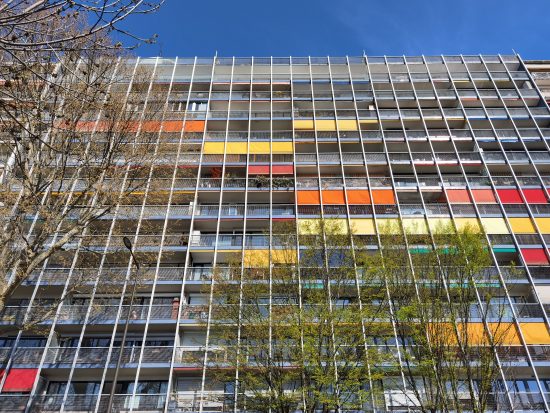
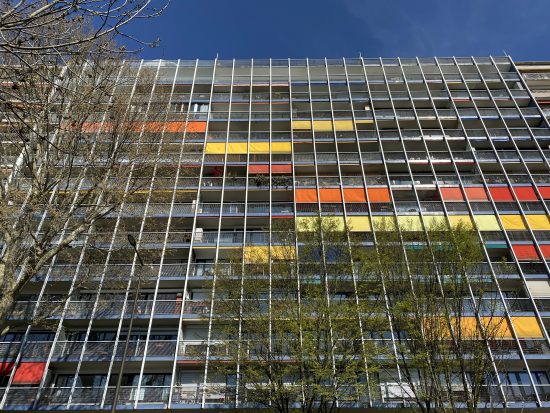
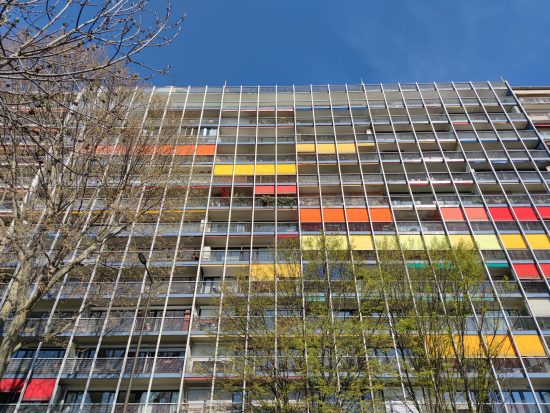




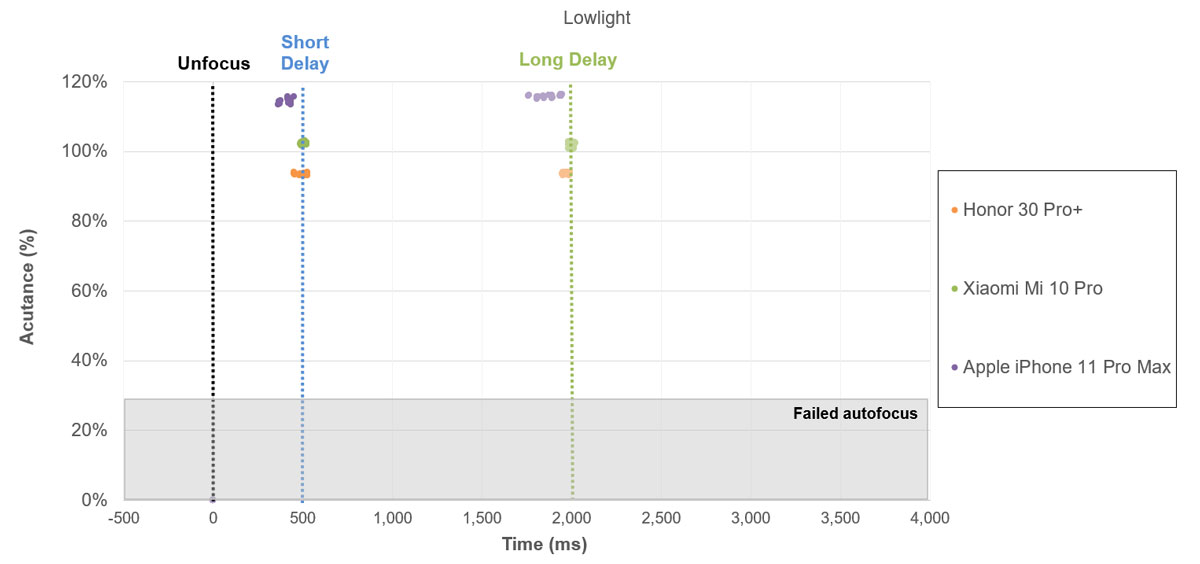

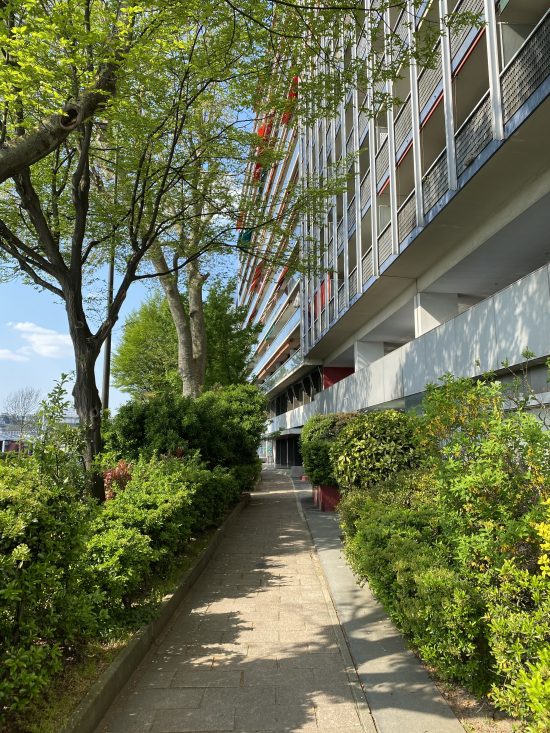

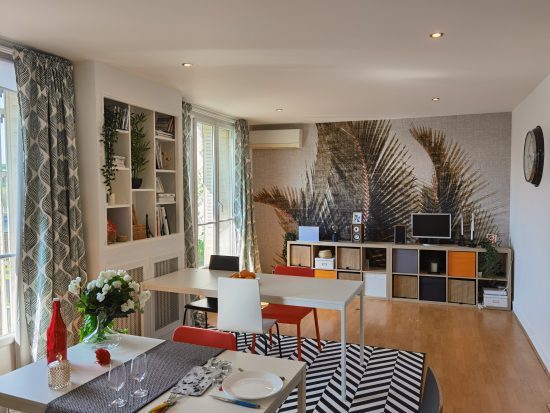
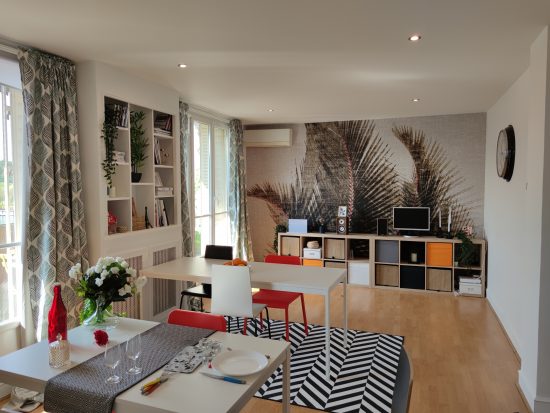




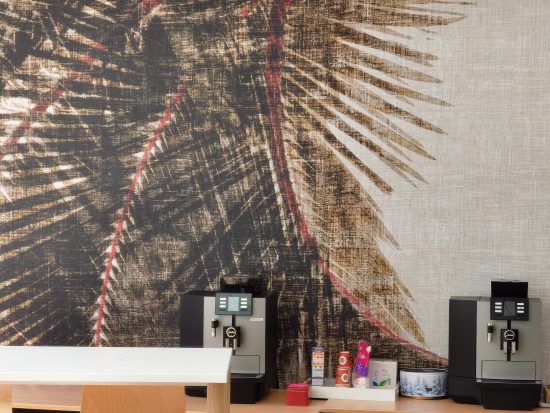
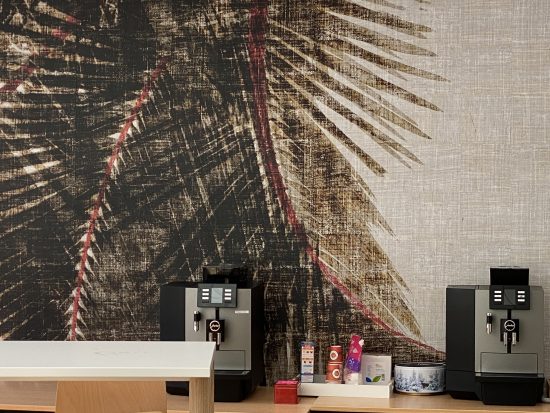
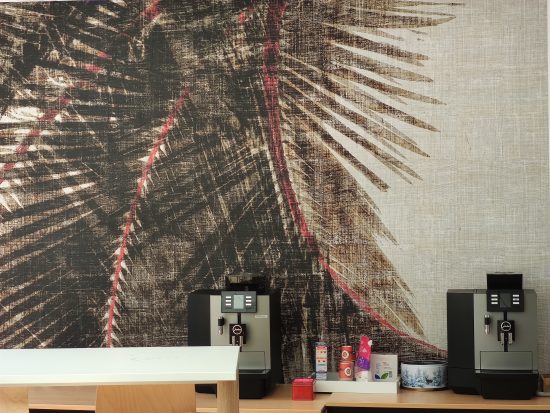








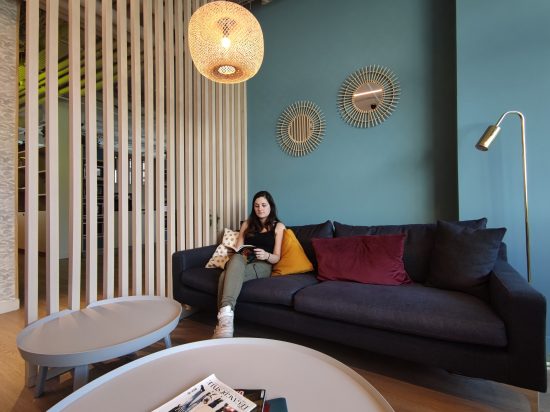
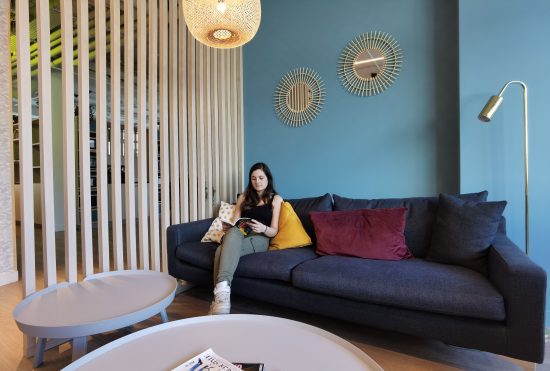






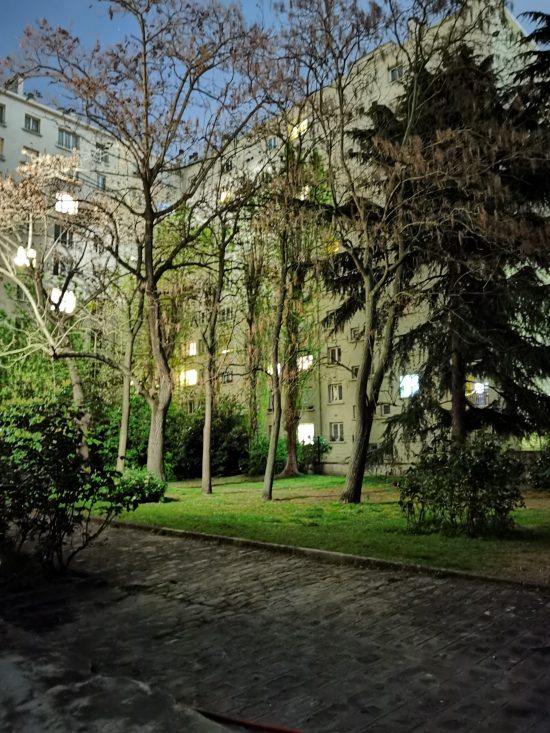
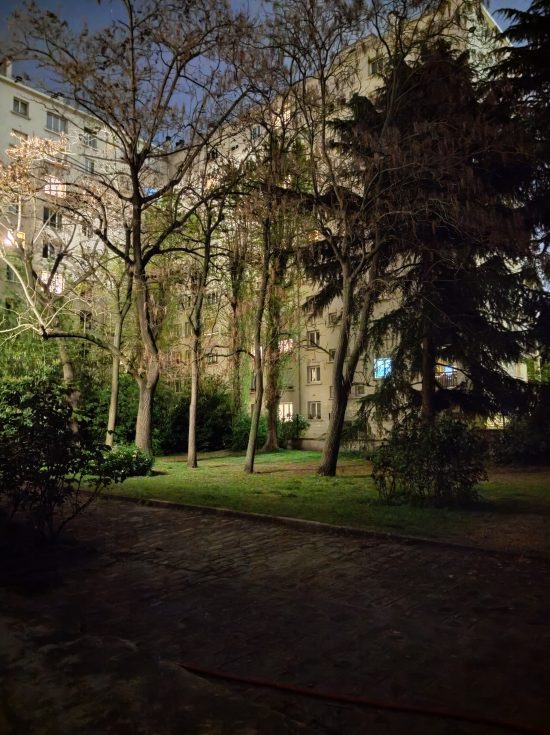
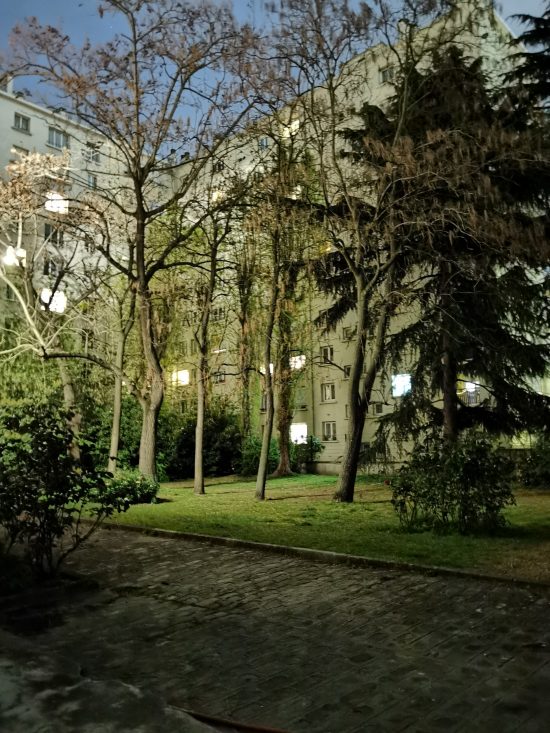
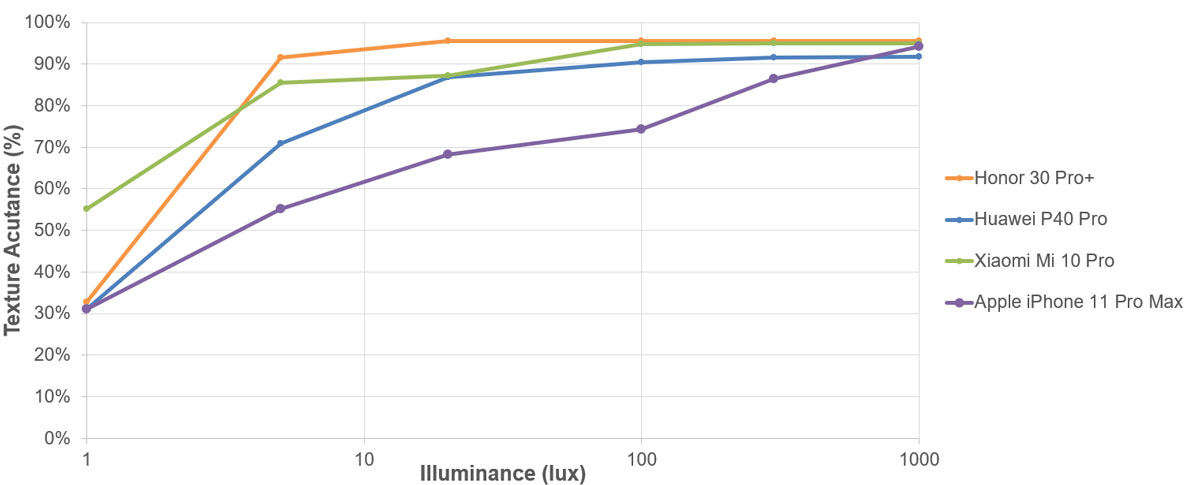
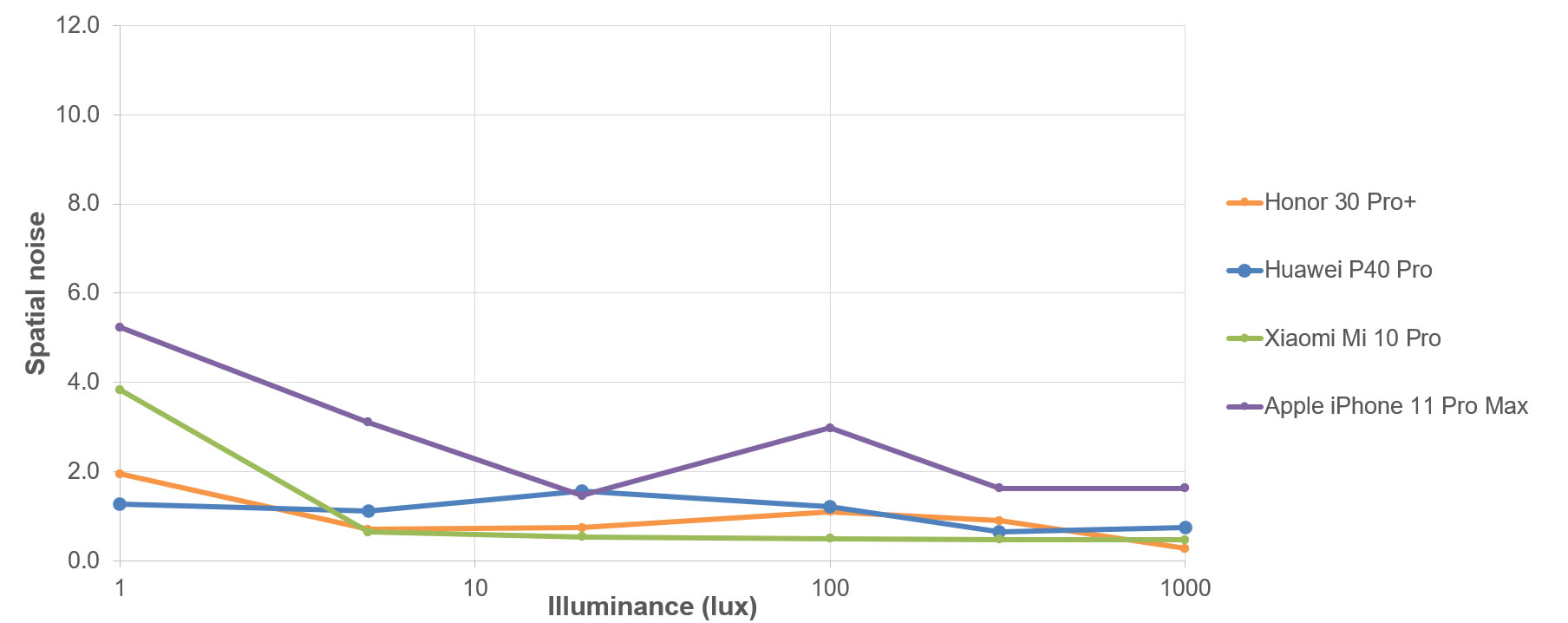
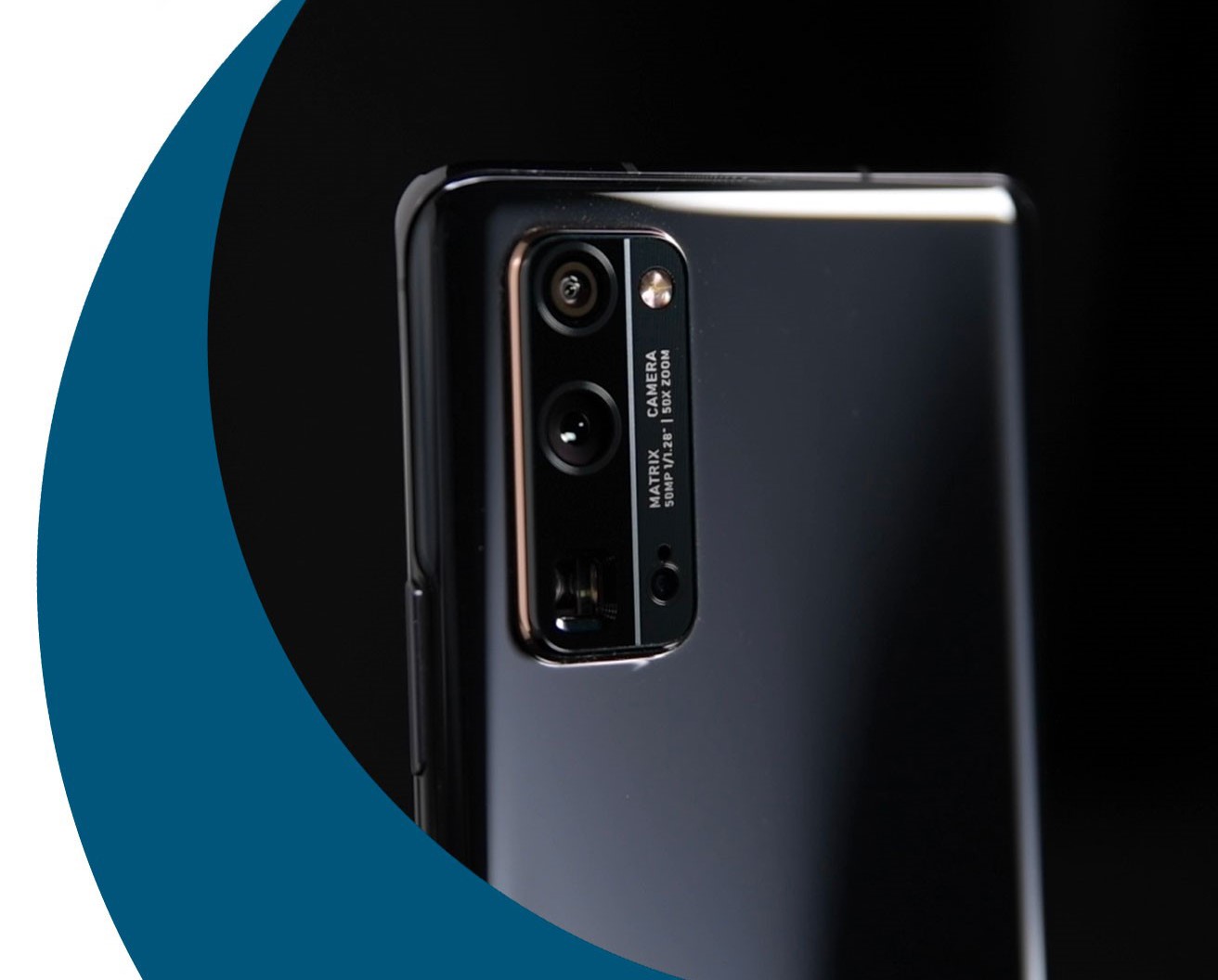
DXOMARK encourages its readers to share comments on the articles. To read or post comments, Disqus cookies are required. Change your Cookies Preferences and read more about our Comment Policy.